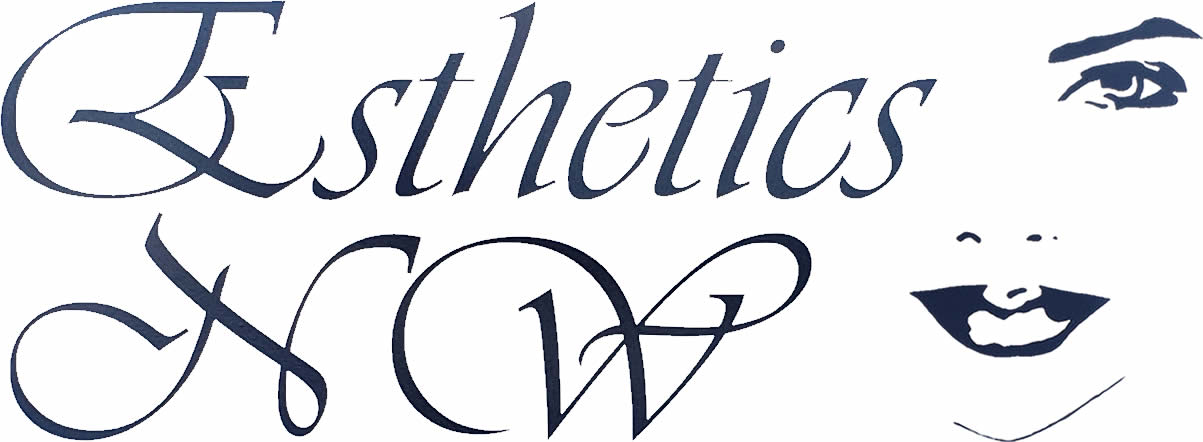Safe Permanent Cosmetics, are you getting them?
Safe can mean different things to different people. In the field of permanent cosmetics it not only means “will I be happy with the result” but what are the risks involved. There are some things to ask to determine are you getting safe permanent cosmetics.
Cosmetic tattooing is considered a mildly invasive procedure. The pigment must be implanted in the upper reticular layer of the dermis. To do this the needles must break the skin. It’s often compared to having your teeth cleaned. However, any time the skin is broken there is a risk of infection. Proper measures must be followed to avoid side effects. This goes for following specific protocols in the clinic and in your home care afterward.
Infection control practices for safety
Permanent cosmetics require proper sterilization, disinfection and infection control practices are followed. Technicians routinely attend Occupational Safety and Health Administration (OSHA) classes to become well versed on safety principles. Both the State of Oregon and the Society of Permanent Cosmetic Professionals Certified Technicians require this training.
The OSHA guidelines to provide infection control include, but are not limited to these important items:
1. All needles should be new and sterile for each client. Unopened new and sterile needles should be opened in your presence.
2. Any disposable sterilized machine parts should be employed and disposed of in a sharps container immediately after the procedure is completed.
3 Technicians should wear personal protective equipment. This could include
- single use aprons
- gloves
- masks
These should be new for each client, changed during the procedure as needed and disposed of immediately after the procedure is completed.
4. The technician should be clean and neat.
5. A disposable single-use chair or bed covering should be used. A new one should be used for each client.
6. The room should be in an area free from other contaminants such as nail dust, aerosols or other chemicals.
Safe tattooing means look around the facility.
It should look clean and tidy and you should feel very comfortable/safe. Ask to see the treatment room/area where the work is to be done. It should look clean and clinical. Look for boxes of gloves and a “sharps” container to hold used needles.
When the treatment area is ready to have a procedure done,
- the lounge should have: a disposable plastic covering
- the work area should have a protective barrier on it
- work supplies should be disposable
- lamps, cords and other equipment parts that may be touched during the procedure will also have protective plastic coverings on them.
- The technician will wear new disposable non-latex gloves (on both hands) and change them as needed during the procedure.
- They may also put on a disposable apron and or mask.
- Pigments and other supplies used during the procedure will be decanted from their containers and disposed of afterward.
The most important part of your aftercare is keeping the area clean. No makeup should be worn until the initial healing is complete, generally about a week. Avoid touching the area except with clean hands. Use aftercare products as recommended by your technician.
Safe tattooing means knowing you and your technician are on the same page
To make sure your outcome will be one you are happy with good communications with your technician are important. Ask to see your technician’s portfolio, pictures of some of their work so you can see their style and make sure you are both on the same page as to the desired outcome. It is helpful to have your brow pencil/powder with you if you normally wear some and are having eyebrow work done. An experienced professional will always take measurements and mark the brows before starting to work. They will also involve you in this process so that you can approve of the brow design.
Safe Permanent cosmetics is a process.
Your professional should always see you at least twice, the initial procedure and a follow up about 4-6 weeks later so that any adjustments that are needed can be done.
To assure a safe eyeliner procedure:
- if you wear contact lenses, please bring your glasses or wear them as you will need to remove contacts before the procedure. They should not be worn again until the eye feels “normal”.
- Eyes may be a bit light sensitive after this service so it is a good idea to have dark glasses with you.
- If you use Restasis for eyelash growth you need to be off of this product about a month before having eyeliner work done. This drug impacts the skin of the eyelash area and makes it extremely sensitive. Wait until your eyeliner procedures are all completed and the eyeliner is healed before re-starting the Restasis.
For those having lip coloration, if you have EVER had a cold sore that virus is in your system. Breakouts are generally triggered by heat and stress and lip tattooing creates both. The odds are nearly 100% that it could cause a breakout. It is important that you obtain an antiviral product from your physician and take it as the pharmacist directs you.
For your safety, if you are pregnant, sick, or under the influence of drugs or alcohol, your appointment should be rescheduled. In Oregon it is against the law to work on a person who is intoxicated or under the influence of drugs. For more information or a consultation please call 541-344-7789.

